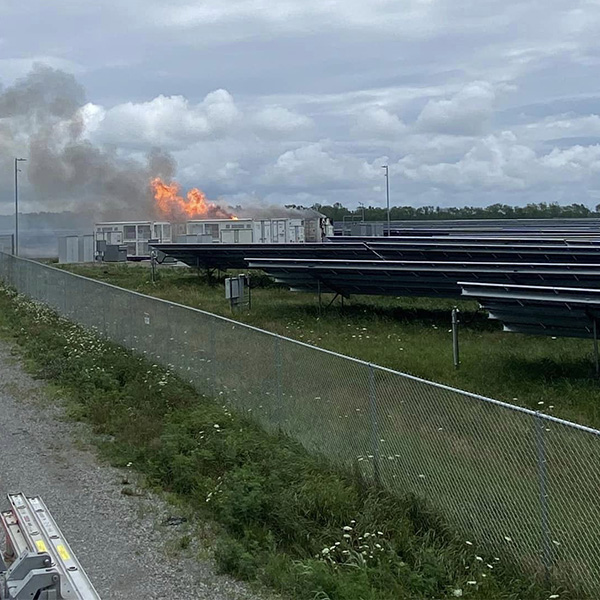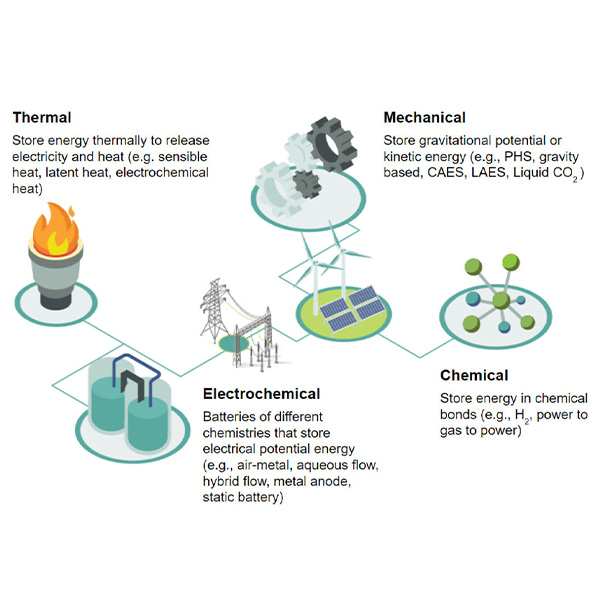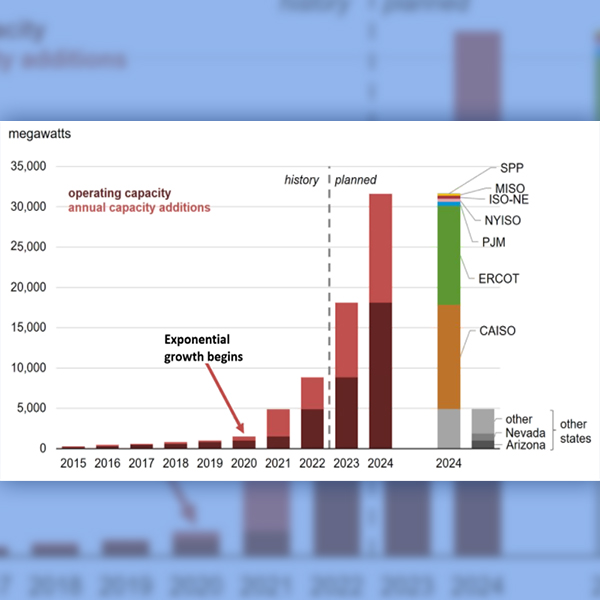Energy Storage
Bills moving forward could introduce voluntary time-of-use rates in the state, disclosure statements about green power and point-of-sale EV rebates.
Currently under construction, the Viejas microgrid will combine 15 MW of solar with 38 MWh of long-duration, non-lithium storage and is the first loan the LPO has made under its long-dormant Tribal Energy Financing Program.
With the days of endless cheap hydropower in Québec coming to an end, and the Northeastern U.S. hoping to rapidly scale up intermittent renewables, the two regions may be forced to fundamentally reconsider the role of hydropower on the grid.
A new report indicates battery energy storage system failures are ramping up with the spread of the technology, and most often occur in new systems.
The U.S. Energy Information Administration reports that fossil fuel generation retirements will slow in 2024 and that solar and storage will dominate capacity additions.
Quality control problems affect a sizable number of new energy storage systems, creating potential safety and performance risks, a new report indicates.
More than 70 energy-related laws have been introduced in the first month of the Maryland General Assembly’s 2024 session.
A task force formed in the wake of significant fires at three grid-scale battery energy storage systems has recommended new safety protocols for the facilities in New York state.
A recent study found that deploying 37 GW of long-duration energy storage could help bring California to zero emissions by 2045.
While the deployment of utility-scale battery storage has accelerated in recent years, additional regulatory and policy support is needed to scale up the industry, a panel of experts convened by CESA said.
Want more? Advanced Search









